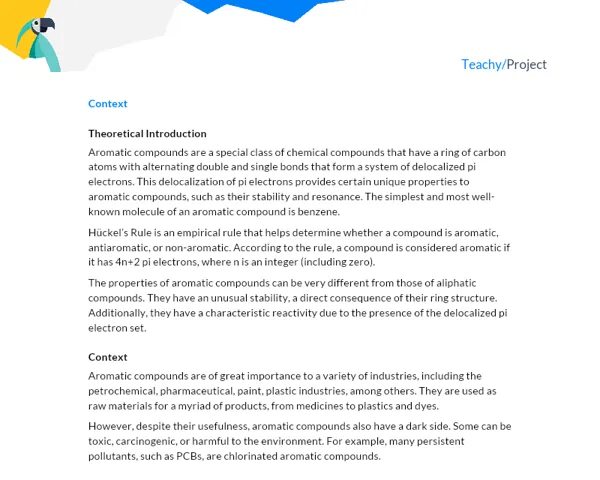Contextualization
Chemical kinetics is a branch of science that studies the speed of chemical reactions and the factors that influence it, such as concentration, temperature, pressure, and the presence of catalysts. It is a fundamental topic to understand how chemical transformations occur and how we can control them.
The average reaction rate, in particular, provides information on how quickly the reactants are consumed or the products are formed during a chemical reaction. It is an essential parameter in many fields of chemistry and other scientific disciplines, such as chemical engineering and biology.
Introduction
The average reaction rate is calculated by the variation in the concentration of reactants or products in a certain time interval. This calculation allows us to predict the behavior of the substances involved in the reaction and how they evolve over time. Understanding this concept is crucial to control the reaction rate and, consequently, the efficiency of the chemical process.
This project aims to deepen the knowledge about chemical kinetics and the average reaction rate, combining the theory learned in the classroom with a stimulating practical activity. It will be an opportunity for students to explore the topic in more depth, using experimentation as a learning tool.
Furthermore, this project also aims to develop important socio-emotional skills, such as time management, communication, problem-solving, and creative thinking. By carrying out group activities, students will be able to practice cooperation and teamwork, essential skills in the formation of citizens and professionals in the 21st century.
Practical Activity: "Iodine Clock: Time in Chemical Kinetics"
Project Objective
The objective of this project is to study chemical kinetics through the analysis of the reaction rate of the experiment known as the "Iodine Clock." In addition, students should develop collaboration, communication, and time management by working in groups of 3 to 5 people.
Project Description
This is a classic experiment in chemical kinetics. The reaction of the "Iodine Clock" occurs in two stages. In the first stage, iodine is produced in a slow reaction. In the second stage, iodine reacts with starch, producing a dark blue color, in a rapid process. The time it takes for the solution to turn blue is a direct indication of the average reaction rate of iodine formation.
Students will vary the concentration of one of the reagents and measure the time it takes for the solution to change color, allowing the calculation of the average reaction rate.
Required Materials
- Potassium iodide (KI)
- Sulfuric acid solution (H2SO4)
- Hydrogen peroxide solution (H2O2)
- Starch solution
- Analytical balance
- Stopwatch
- Graduated cylinder
- Erlenmeyer flask
- Pipettes
- Beakers
- Glass rod
- Heating plate
- Thermometer
Procedures
- Prepare a solution of potassium iodide (KI) and sulfuric acid (H2SO4) in a beaker.
- In a second beaker, prepare a solution of hydrogen peroxide (H2O2) and sulfuric acid (H2SO4).
- Add a few drops of starch solution to the first beaker.
- With the help of a stopwatch, record the time it takes for the solution to change color after adding the hydrogen peroxide solution to the first beaker.
- Repeat the experiment several times, changing the concentration of hydrogen peroxide while keeping the concentration of the other reagents constant.
- Record all collected data.
Experiment Report
After completing the experiment, students should prepare a report following the structure below:
-
Introduction: Provide context on chemical kinetics and the average reaction rate and mention the project's objective.
-
Development: Describe the theory behind the "Iodine Clock" experiment, explain the methodology used detailing the entire experiment process, present the collected data, and discuss the results obtained, calculating the average reaction rate for each concentration of hydrogen peroxide.
-
Conclusion: Make a general analysis of the project, revisiting the main points. Discuss what was learned from the experiment, the difficulties encountered, possible sources of error, and suggestions for future projects.
-
Bibliography: List all sources consulted during the project.
This report should be typed and formatted according to ABNT standards and delivered within the stipulated deadline.


